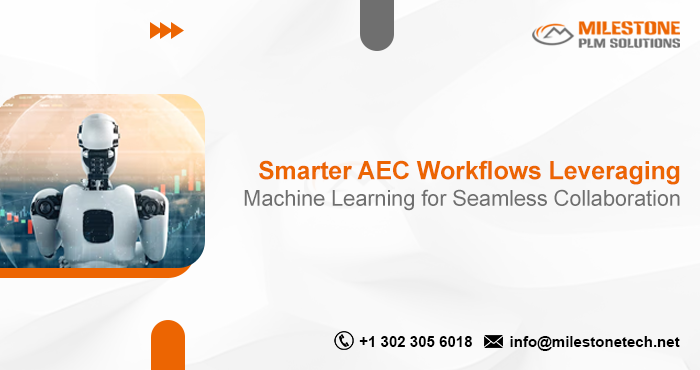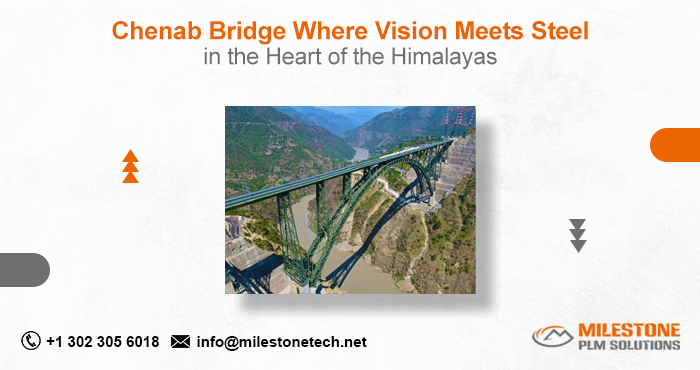Smart Cities in 3D: How Modeling Technologies Drive Urban Innovation
- Milestone PLM Solutions
- Nov 13, 2024
- 4 min read
As the concept of smart cities takes root worldwide, technology is reshaping how urban spaces are designed, planned, and managed. Central to this transformation is 3D modeling, a technology that enables detailed digital simulations of urban environments and empowers city planners, architects, and stakeholders to envision and optimize future cities. From improving infrastructure and sustainability to enhancing public engagement, 3D modeling is driving innovation in smart city planning. This blog explores how 3D modeling technologies are paving the way for smarter, more efficient cities.

1. Enhancing Urban Visualization and Design
At the heart of smart city planning lies the need for visualization, and 3D modeling provides an immersive way to envision proposed city layouts and infrastructure. By building accurate 3D models, architects and planners can create virtual replicas of urban spaces that allow them to assess everything from aesthetic impact to spatial relationships. Unlike traditional blueprints, 3D models offer interactive, lifelike depictions that help stakeholders understand how new projects will look and function within the city.
Through tools like Autodesk’s Revit, CityEngine, and other advanced modeling software, urban designers can explore the impact of new developments on traffic flow, environmental resources, and urban density. These realistic simulations provide valuable insights and ensure that smart city plans are optimized for aesthetics, safety, and functionality.
2. Integrating Complex Data for Smarter Decisions
Smart cities depend on the seamless integration of data, and 3D modeling is essential for combining complex data layers in a single, unified environment. By integrating data from Geographic Information Systems (GIS), Building Information Modeling (BIM), and Internet of Things (IoT) sensors, 3D models provide a comprehensive view of a city’s systems and assets. This integration makes it possible to visualize real-time data on traffic patterns, air quality, energy consumption, and more within the 3D model, allowing city planners to make more informed, data-driven decisions.
For example, a 3D model integrated with GIS data can reveal how public transportation improvements might reduce carbon emissions or ease congestion in specific areas. With these capabilities, planners can simulate different scenarios and predict how changes will impact urban life, from traffic flow to public safety, enhancing the overall livability of the city.
3. Revolutionizing Infrastructure Planning and Maintenance
Infrastructure forms the backbone of any city, and maintaining it is crucial for a city’s smooth operation. 3D modeling significantly streamlines infrastructure planning and maintenance by enabling city managers to simulate, analyze, and optimize everything from road networks to water pipelines. Building Information Modeling (BIM), a subset of 3D modeling, is particularly valuable for creating detailed digital representations of infrastructure assets.
Using BIM and 3D modeling, engineers can visualize a city’s utility networks and anticipate the impact of new developments on existing infrastructure. For instance, by creating a 3D model of underground pipelines, city planners can pinpoint where new construction could disrupt utilities, reducing the risk of costly, time-consuming repairs. Additionally, maintenance becomes more efficient with 3D models that document a city’s assets, as technicians can access accurate models to expedite repairs and minimize service interruptions.
4. Fostering Collaboration and Public Engagement
Smart city projects involve multiple stakeholders, from government officials and architects to the general public. 3D modeling enhances collaboration by providing a shared visual tool that everyone can interact with and understand. Unlike complex architectural plans, which may not be easily understood by non-experts, 3D models are accessible and visually engaging. This inclusivity fosters greater collaboration and understanding across teams.
Moreover, 3D modeling helps bridge the gap between planners and citizens, enhancing public engagement. For instance, 3D models can be used to present proposed changes in community meetings, allowing residents to see exactly how a project will affect their neighborhoods. By giving people a clear view of the planned transformations, 3D modeling encourages transparency and public participation, fostering a sense of community ownership and support for urban development initiatives.
5. Boosting Sustainability Efforts in Smart Cities
Sustainability is a key goal of any smart city initiative, and 3D modeling plays a crucial role in helping cities achieve environmental targets. By using 3D models to simulate environmental impacts, such as energy consumption, water management, and waste reduction, city planners can design urban spaces that minimize ecological footprints. For example, 3D models can reveal how building placement affects sunlight and ventilation, which in turn can reduce reliance on artificial lighting and air conditioning, contributing to energy savings.
Furthermore, 3D modeling can simulate green infrastructure, such as parks, green roofs, and urban forests, allowing planners to optimize their placement for maximum environmental benefit. By incorporating these eco-friendly elements into the model, planners can ensure that cities are not only technologically advanced but also aligned with sustainable development goals.
Conclusion
3D modeling is more than just a visualization tool—it is a driving force behind the urban innovation that defines smart city planning. From enhancing visualization and collaboration to improving infrastructure management and sustainability, 3D modeling empowers cities to make data-driven, community-focused decisions that prioritize both efficiency and livability. As technology continues to advance, the integration of 3D modeling into smart city planning will only deepen, helping cities around the world evolve into greener, smarter, and more resilient urban landscapes.
With 3D modeling at the forefront, the vision of a truly smart city is no longer a distant dream but an achievable reality, setting the stage for a future where cities are designed with intelligence, sustainability, and community at their core.


